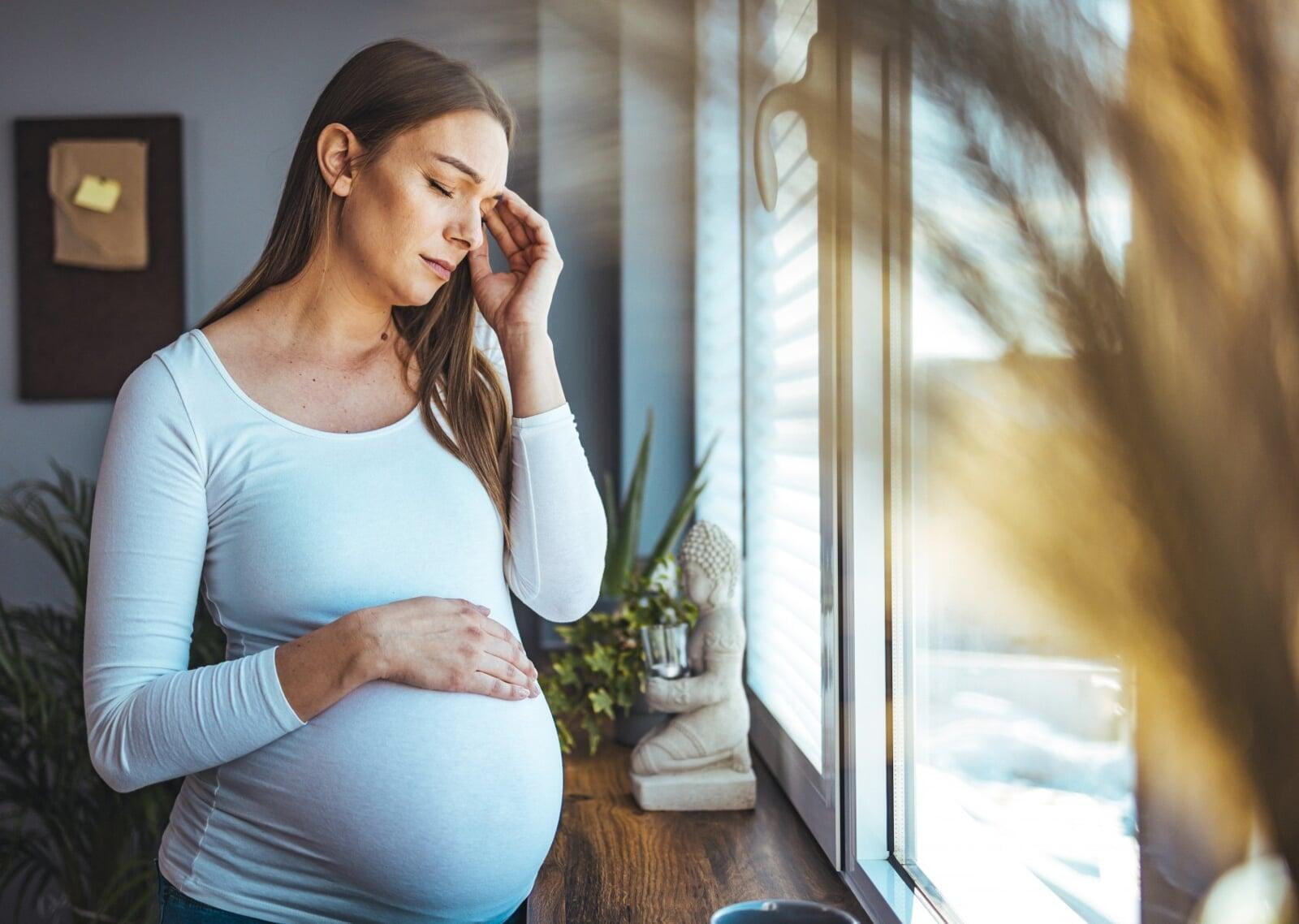Know the symptoms so you can get help fast.

Pregnancy can put a lot of pressure on the pelvic floor muscles and tissues, leading to the development of various pelvic floor conditions. These conditions can develop at different stages of pregnancy, from the first trimester to the third trimester. Here are some common pregnancy-related pelvic floor conditions that may develop during each trimester:
First Trimester:
Urinary incontinence: During the first trimester, hormonal changes can cause an increase in urinary frequency and urgency, which may lead to stress urinary incontinence (SUI). SUI is a condition where the pelvic floor muscles are weakened and unable to support the bladder, leading to leaks during physical activity or exertion.
Pelvic girdle pain: Pelvic girdle pain (PGP) is a condition that causes pain and discomfort in the pelvic region. During the first trimester, the uterus is still small and does not put a lot of pressure on the pelvic floor muscles. However, hormonal changes can cause joint laxity, which may lead to PGP.
Second Trimester:
Pelvic organ prolapse: During the second trimester, the uterus grows significantly, putting pressure on the pelvic floor muscles and tissues. This pressure can cause pelvic organ prolapse (POP), where the uterus, bladder, or rectum protrude into the vaginal canal.
Diastasis recti: Diastasis recti is a condition where the abdominal muscles separate due to the pressure of the growing uterus. During the second trimester, the uterus is large enough to cause abdominal muscle separation, leading to a protruding belly and weakened core muscles.
Third Trimester:
Stress urinary incontinence: During the third trimester, the growing uterus puts significant pressure on the bladder, leading to increased urinary urgency and frequency. This pressure can also cause stress urinary incontinence, where the pelvic floor muscles are unable to support the bladder, leading to leaks during physical activity or exertion.
Perineal tears: During delivery, the perineum, which is the area between the vagina and anus, may tear or stretch to accommodate the baby's head. Perineal tears can cause pain and discomfort and may require stitches to heal.


